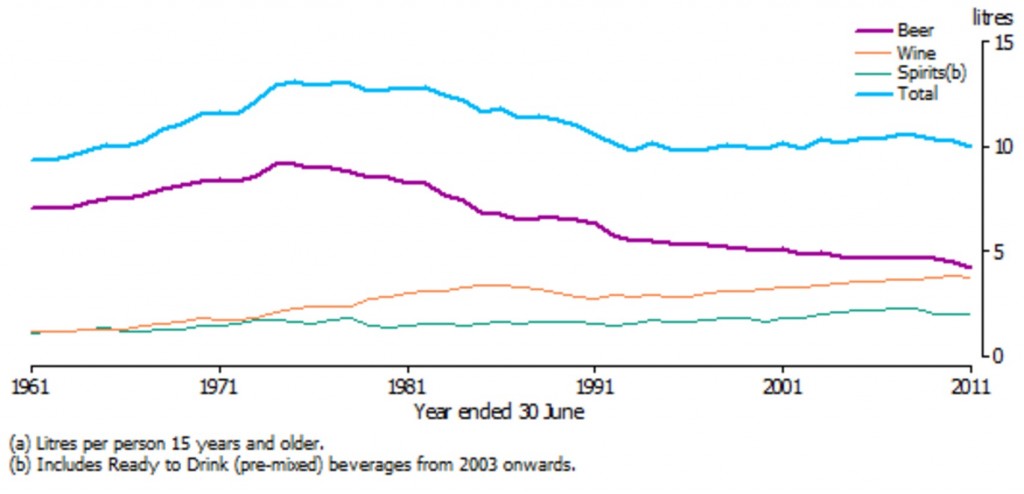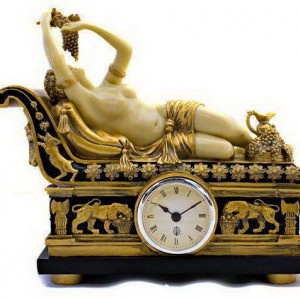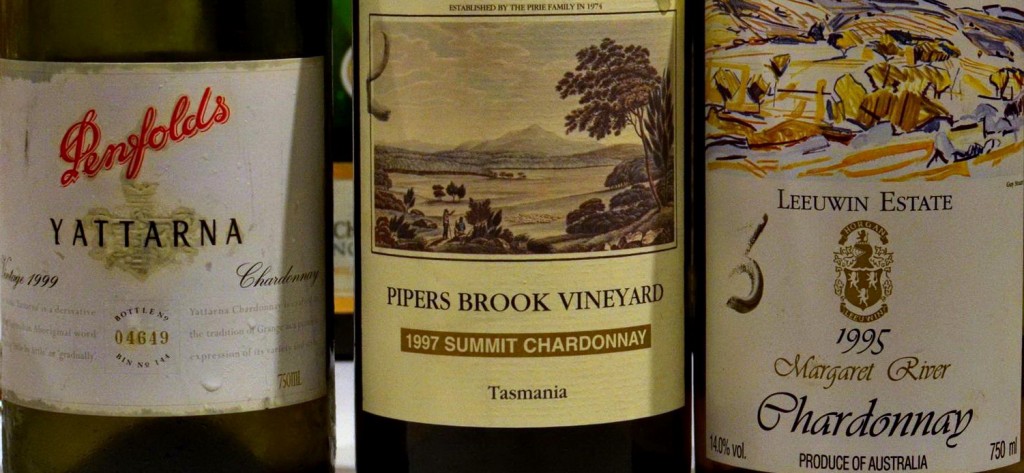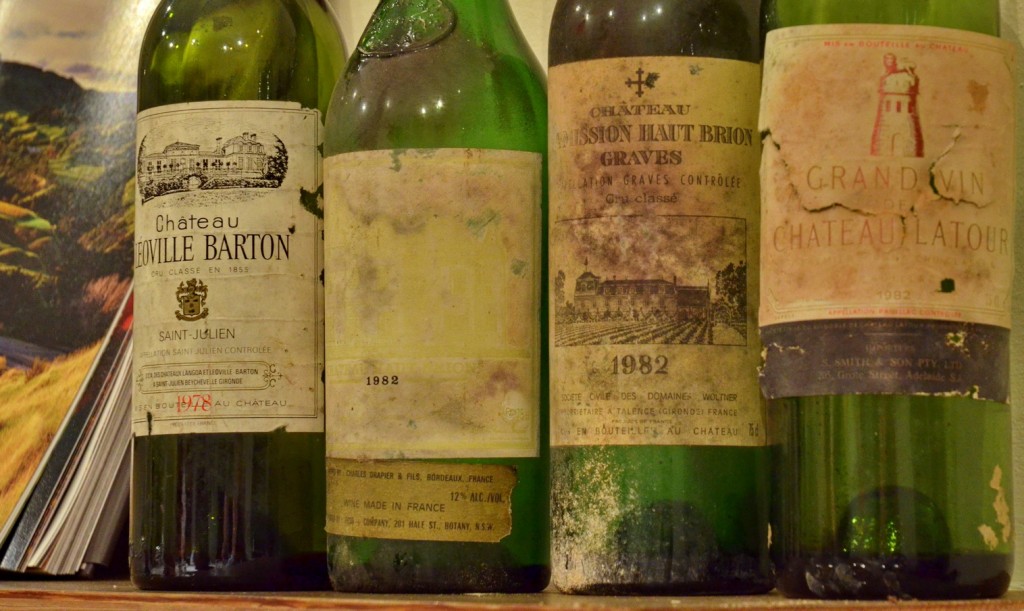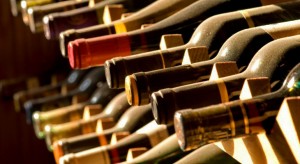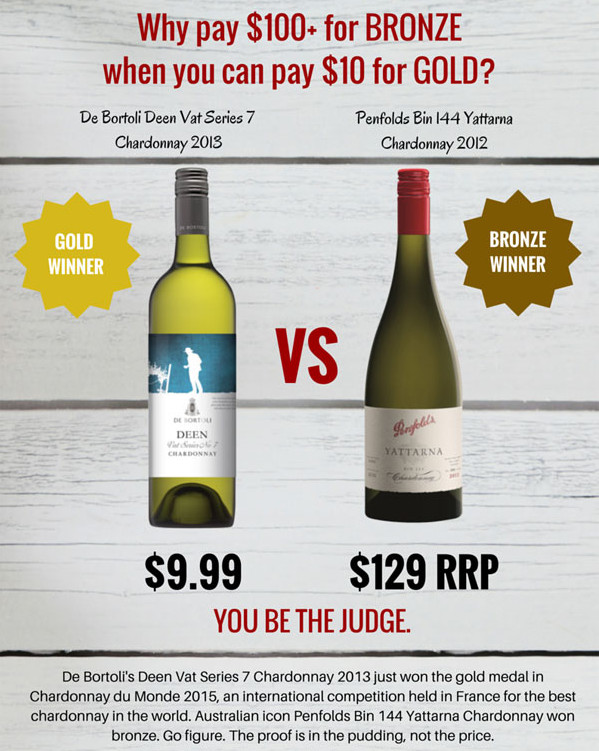Yalumba Galway Claret returns from the dead, with a split personality
The courier delivered a couple of samples from Yalumba this week: a Galways Vintage Shiraz 2013, and a Galway Vintage Malbec 2012. The surprise was that neither label showed any resemblance to the Galway Claret label of the past, and this label has a past stretching all the way back to Robert Menzies and beyond.

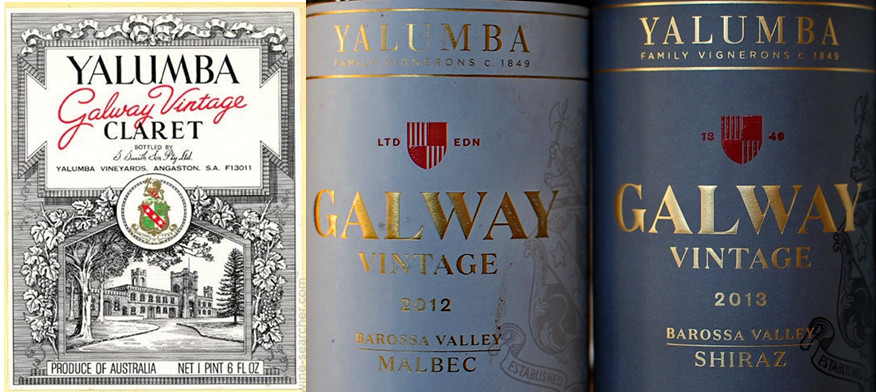
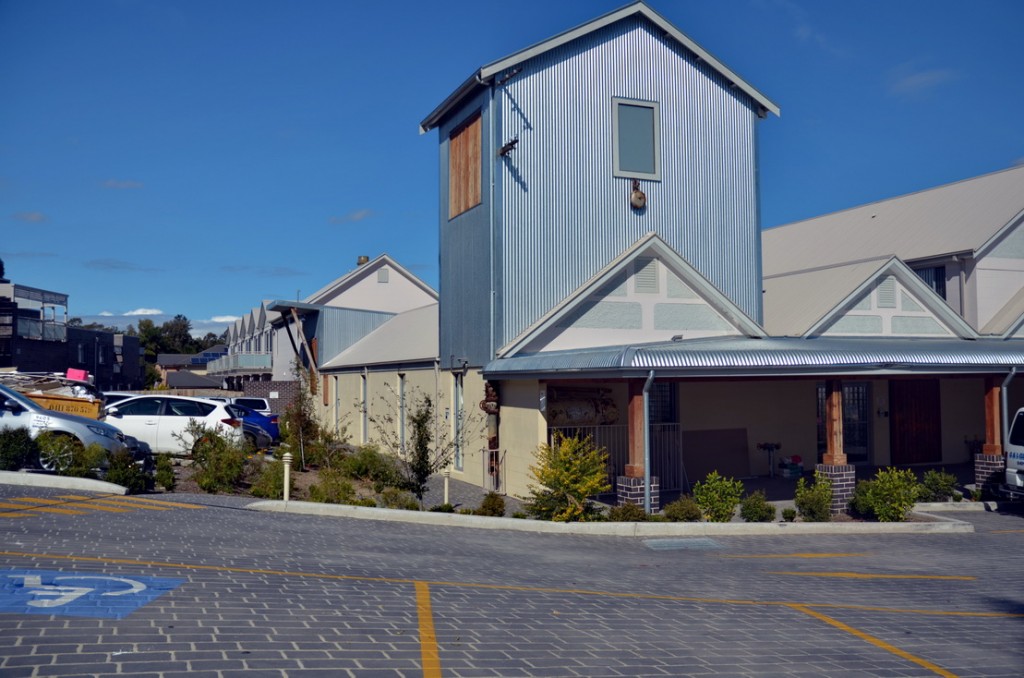
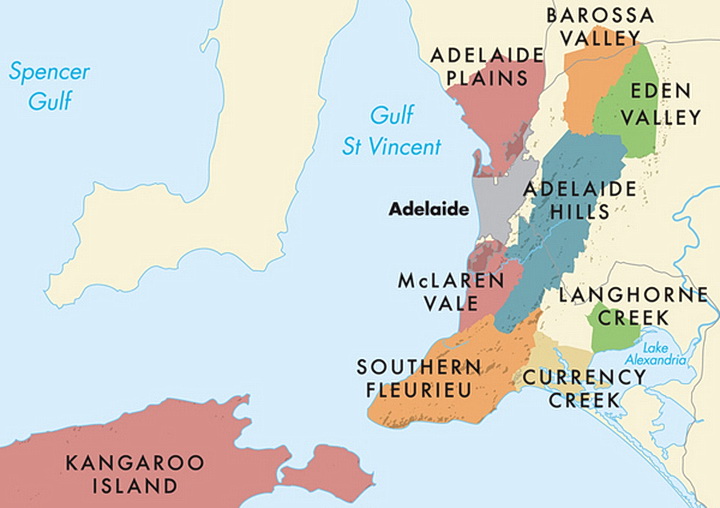 Langhorne Creek lies close to the northern shore of Lake Alexandrina, about 40 kms south-east of McLaren Vale. The Bremer and Angas rivers flood the area in winter and help the rich alluvial soils produce big yields of healthy grapes. The winter flooding – from rain in the Mount Lofty Ranges – carries the vines through the dry summer months. Wineries control the flow of the rivers through a system of floodgates and banks, which they use to divert water to their vineyards as needed.
Langhorne Creek lies close to the northern shore of Lake Alexandrina, about 40 kms south-east of McLaren Vale. The Bremer and Angas rivers flood the area in winter and help the rich alluvial soils produce big yields of healthy grapes. The winter flooding – from rain in the Mount Lofty Ranges – carries the vines through the dry summer months. Wineries control the flow of the rivers through a system of floodgates and banks, which they use to divert water to their vineyards as needed.